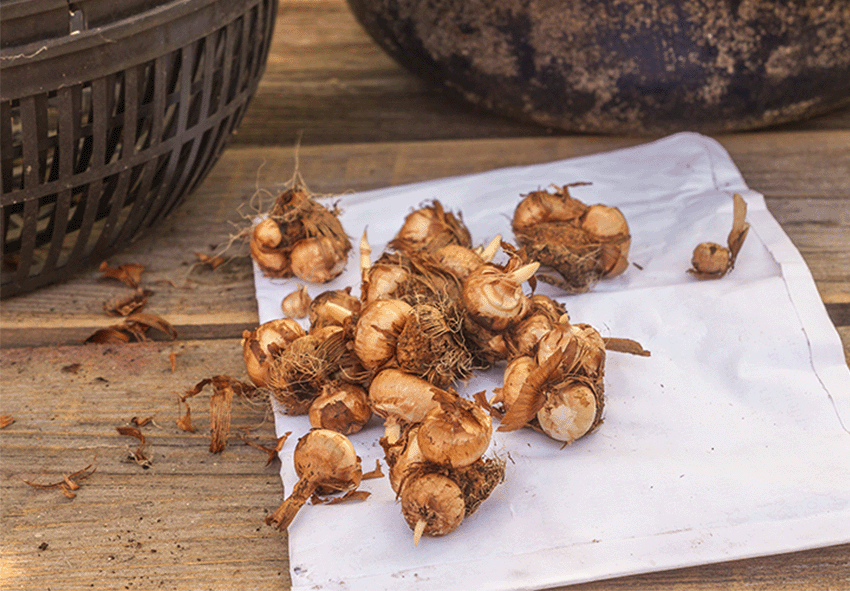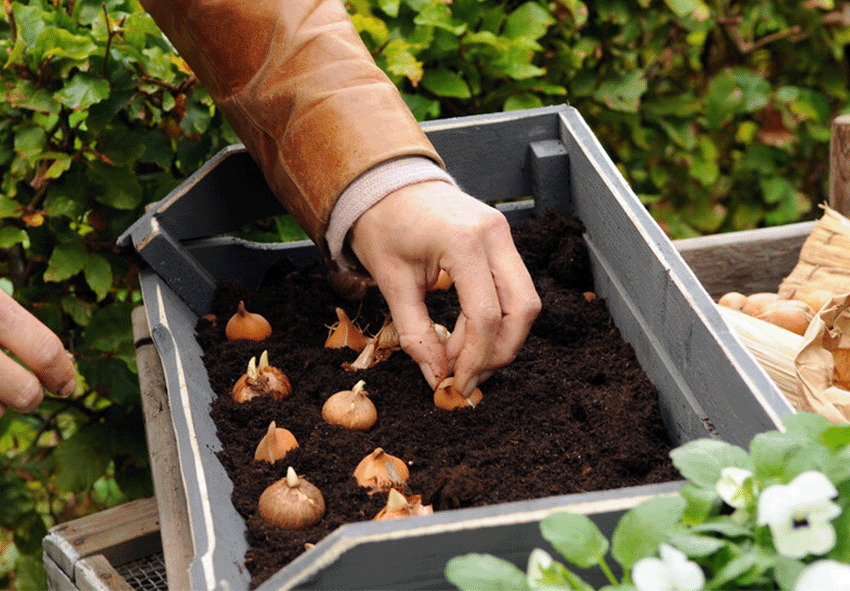When you think of ushering in the spring season, no plant does it better than the vibrant crocus bulbs. Not only do these charming blooms signal the end of winter, but they also paint a picturesque landscape, both in your garden and your home interior. Whether you’re a beginner or an experienced green thumb, this article will give you a deeper insight into crocus bulbs – from understanding their dormancy to planting and troubleshooting common issues.
Understanding Crocus Bulb Dormancy and Growth Cycle

To plant crocus bulbs successfully, it’s crucial to comprehend their dormancy and growth cycle. Unlike most plants, crocus bulbs display a unique life cycle. They bloom early in spring or late in winter, showcasing an array of colors, from pure whites to deep purples, signaling an end to the winter chill.
During late spring and summer, the plant undergoes a period of dormancy, where it appears as though it has died off. However, the bulb is merely resting, gathering energy for the next growth cycle. This unusual pattern makes crocus bulbs a stunning addition to your garden or home, providing an unexpected burst of life amidst the winter scenery.
Ideal Planting Time for Crocus Bulbs
A common query among gardening enthusiasts is “when to plant crocus bulbs?” Timing is indeed a vital aspect of ensuring a vibrant bloom. Typically, the best time to plant crocus bulbs is in the fall, right before the ground freezes. This allows the bulbs to establish roots before the onset of winter, enabling them to burst forth in color as soon as spring arrives.
If you live in a milder climate, where the ground never freezes, the planting can take place as late as early winter. Ensure you monitor local weather forecasts closely to choose the ideal time to plant crocus bulbs.
Assessing Soil Conditions for Crocus Bulbs
Successful cultivation of crocus bulbs is largely dependent on the soil conditions. These plants prefer well-draining soil and can tolerate a wide range of pH levels, although a slightly alkaline soil is optimal.
Before planting, ensure your chosen spot doesn’t pool water, as this can lead to bulb rot. Incorporate organic matter or sand to improve drainage, if necessary. Also, consider getting a soil test to assess the pH level, ensuring your soil provides the ideal conditions for your crocus bulbs to thrive.
Step-by-Step Guide for Planting Crocus Bulbs

Now that you know when to plant crocus bulbs and have assessed the soil conditions, it’s time to get your hands dirty. Follow this step-by-step guide to ensure successful cultivation:
- Prepare the Soil: Loosen the soil to a depth of about 8-10 inches. Add compost or aged manure for added nutrients, if necessary.
- Plant the Bulbs: Plant crocus bulbs about 3-4 inches deep with the pointy end facing upwards. Maintain a gap of 3-4 inches between each bulb.
- Water Thoroughly: After planting, water the area thoroughly to help establish the roots.
- Apply Mulch: Apply a layer of mulch to protect the bulbs from freezing temperatures, and help conserve soil moisture.
- Wait for Spring: With patience and care, your crocus bulbs will bloom with the first signs of spring.
Troubleshooting Common Issues
While crocus bulbs are relatively low maintenance, they may encounter certain issues. Here’s how you can tackle them:
- Rotting Bulbs: This usually happens due to overwatering or poor drainage. Be sure to plant crocus bulbs in well-draining soil and control your watering habits.
- Failure to Bloom: This can be caused by inadequate sunlight or premature removal of foliage after blooming. Make sure your crocuses get at least 5-6 hours of sunlight, and let the foliage die naturally.
- Pests and Animals: Crocuses can attract certain pests and animals like squirrels. Plant the bulbs deeply and consider using a wire mesh for protection.
Planting crocus bulbs is a rewarding endeavor, bringing a burst of color to your garden or home during the tail-end of winter. With the right care, these hardy bulbs will provide years of stunning blooms. Happy planting!
Frequently Asked Questions (FAQs) about Crocus bulbs
1. When is the best time to plant crocus bulbs?
The optimal time to plant crocus bulbs is in the fall, ideally between late September and early November. Planting during this period allows the bulbs to establish their roots before winter and ensures a vibrant display of early spring blooms.
2. How deep should I plant crocus bulbs?
Crocus bulbs should be planted approximately 3-4 inches (7.5-10 cm) deep. To achieve this, dig a hole in your garden bed or container, place the bulb with the pointed end facing up, cover it with soil, and gently pat down the surface. Proper planting depth helps protect the bulbs from temperature fluctuations and encourages healthy growth.
3. Do crocus bulbs need full sun or partial shade?
Crocus bulbs thrive in full sun to partial shade. They perform best in locations with at least 6 hours of sunlight per day, although they can tolerate a bit of shade.
4. Should I water crocus bulbs after planting?
After planting, water the crocus bulbs thoroughly to help settle the soil and stimulate root growth. Watering is particularly important if the soil is dry. However, be cautious not to overwater, as this can lead to rot.
5. Can I order Netherlands crocus bulbs from your online store?
Yes, you can order crocus bulbs from our online store. We offer a variety of crocus bulb species and cultivars, making it easy for you to choose the ones that best suit your garden. Our bulbs are carefully sourced and of high quality, ensuring a beautiful and successful spring display.
Published: 24.05.2023
